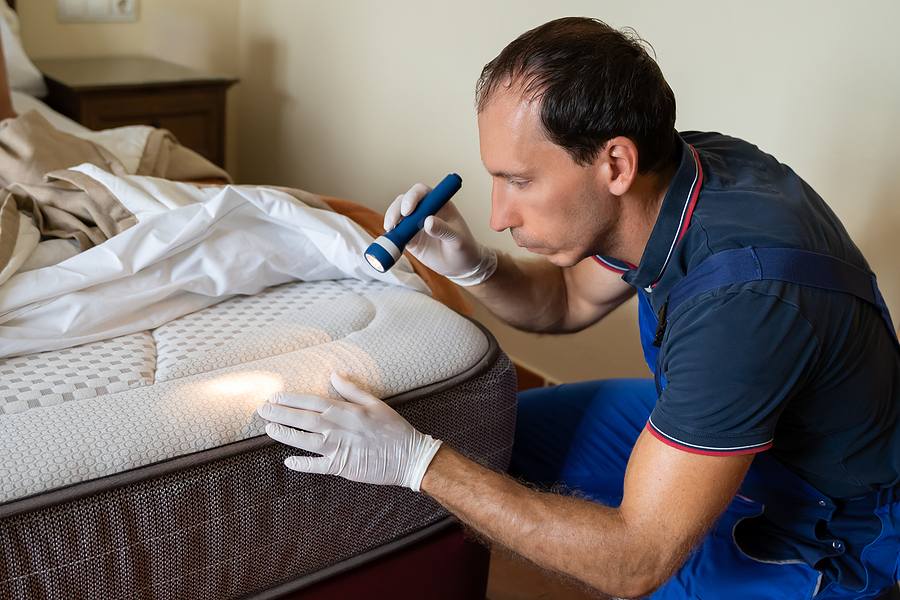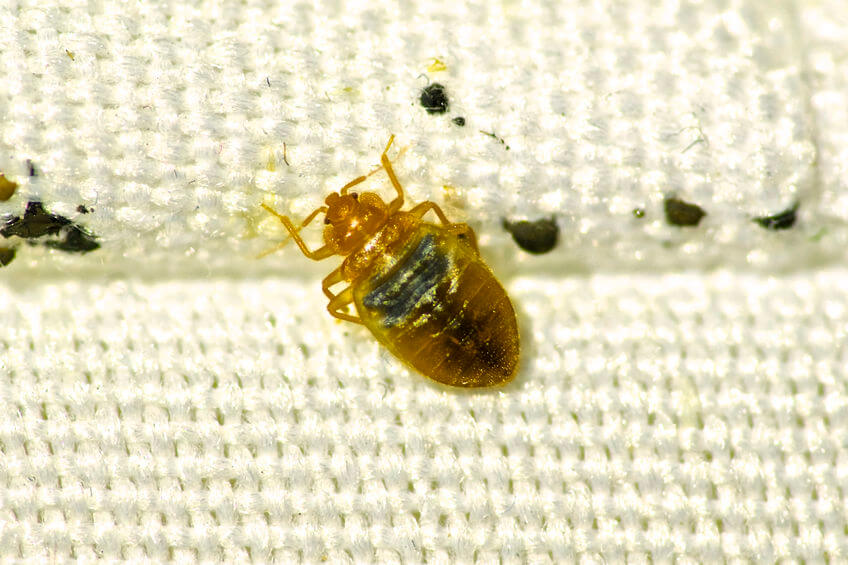Discovering the Science Behind Bed Pest Warm Treatments as a Sustainable Pest Administration Approach
One such technique that has actually obtained traction in current years is the use of warm treatments to deal with bed bug invasions. The details of just how warm properly gets rid of bed insects and the more comprehensive effects for lasting pest monitoring practices make this a topic worth checking out even more.
Bed Pest Heat Treatment Process

Thermal Death Factor for Bed Pests
Revealing bed bugs to elevated temperature levels beyond their thermal resistance variety is essential for attaining effective elimination in warmth therapy procedures. By getting to and preserving temperatures over the thermal fatality point for bed bugs, pest administration experts can make certain thorough elimination of bed insect populaces, consisting of hard-to-reach locations where chemical therapies may be much less efficient. Comprehending the thermal death point for bed insects is necessary for executing successful warmth therapy strategies and accomplishing lasting parasite administration end results.
Benefits of Warm Treatments
Having established the important thermal death point for bed insects, it is important to now discover the substantial benefits that warm therapies use in effectively removing these resilient pests. One of the key benefits is that heat can pass through deep right into holes and fractures where bed insects hide, guaranteeing that even the most hard-to-reach areas are warmed to dangerous temperatures.
Additionally, warmth therapies are environmentally pleasant and safe, making them a sustainable parasite administration strategy. Unlike chemical pesticides, heat treatments do not leave harmful deposits that can pose risks to human health and wellness or the setting. This facet is particularly vital in sensitive atmospheres such as health centers, colleges, and property locations where chemical usage may not be desirable.
Furthermore, warmth treatments have a high success rate in eliminating bed pest infestations in a solitary therapy, minimizing the need for multiple gos to and reducing disruption to residents. This efficiency not only conserves time and money but also provides comfort to those managing bed pest view it issues.
Efficiency of Heat Treatment

Warmth treatments have the added advantage of eliminating bed pest eggs, which are typically immune to standard chemical treatments. In general, the performance of heat treatments in removing bed bug infestations makes them a reputable and sustainable parasite monitoring strategy.
Sustainable Insect Management Advantages
Carrying out sustainable insect management practices supplies lasting advantages for both the atmosphere and public health and wellness. By utilizing methods such as warmth therapies for bug control, we can decrease the dependence on dangerous chemical pesticides that can have negative impacts on communities and human health - exterminator. Lasting bug management strategies aid in protecting click this biodiversity by targeting certain insects without harming non-target microorganisms, thus maintaining a well balanced community
Furthermore, lasting insect management methods contribute to the general health and health of the public. By decreasing exposure to poisonous chemicals made use of in conventional parasite control techniques, warmth treatments give a safer choice for pest monitoring in domestic, commercial, and public areas. This decrease in chemical usage additionally helps in stopping pesticide residues from infecting soil, air, and water, guarding environmental high quality.
Verdict
Finally, bed insect warmth treatments have been revealed to be a reliable and sustainable parasite management method. The thermal death point for bed insects makes them at risk to heat treatments, which have many benefits over typical chemical treatments. The effectiveness of warm treatments in eliminating bed insect invasions while decreasing ecological impact highlights the capacity of this technique as a lasting remedy for bug control.
The bed bug heat treatment process involves raising the temperature within infested areas to a level that efficiently removes bed pests and their eggs. By getting to and keeping temperature levels over the thermal fatality factor for bed pests, parasite monitoring professionals can ensure extensive elimination of bed bug populations, consisting of hard-to-reach locations where chemical therapies might be less effective. One of the main advantages is that warm can penetrate deep into cracks and holes where bed insects hide, making sure that even the most hard-to-reach areas are heated to dangerous temperature levels. Unlike chemical treatments that may leave behind immune populaces, heat treatments supply a safe and ecologically friendly solution that can pass through deep right into furnishings, walls, and other hard-to-reach locations where bed insects hide.
The thermal fatality factor for bed bugs makes them susceptible to warmth therapies, which have countless advantages over typical chemical therapies.